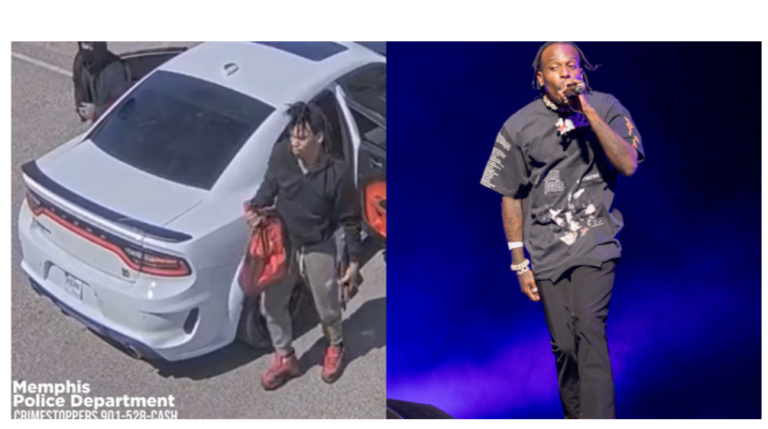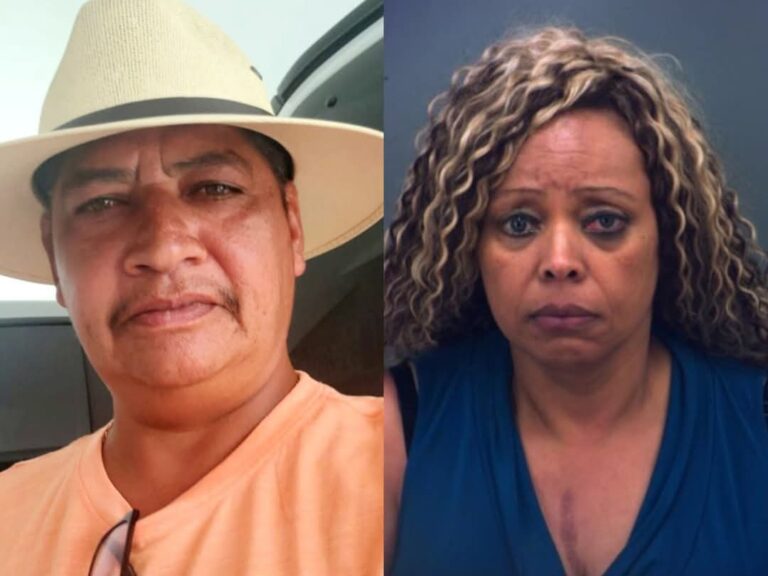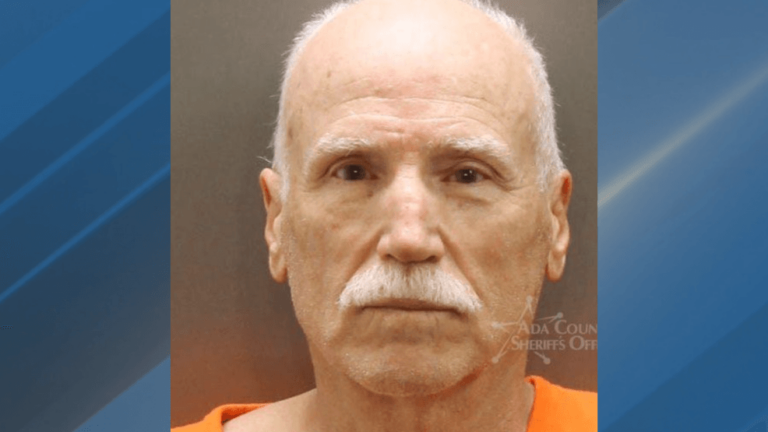
April 12, 2021- 7:10
Before Kensington became Kensington — the epicenter of Philadelphia’s opioid crisis and possible home of an officially sanctioned safe injection site — the neighborhood was a thriving workers’ enclave nationally famous for creating hats, cigars, and a stable blue-collar life.
Neglected by official Philadelphia, according to anthropologist Philippe Bourgois, a former University of Pennsylvania professor who lived in Kensington and is writing a book about drug dealing there, neighborhood residents found themselves living in a kind of Dickensian quarantine of hopeless distress.
In an unending irony, the empty factories created “a complete ideal place to be an open-air drug market,” Bourgois said.
The buildings became “un-policeable” spots where drugs could be stored, sold, and abused, he said. Meanwhile, SEPTA trains and I-95 would offer a mostly white clientele from outside the neighborhood easy access to the product.
More Americans died in 2016 from opioids (64,000), than did in the entire Vietnam War (55,000).
In Philadelphia, there were around 1,200 overdose deaths last year, the overwhelming majority attributed to opioids. It’s quadruple the murder rate, and the highest death rate of any major U.S. city.
Over the years, two irresistible forces helped build Kensington into a prosperous open-air dope market.
A major cleanup of a drug encampment near Gurney Street has only moved addicts to streets in the rest of the neighborhood, complained activist Charito Morales, a nurse who cleans the wounds of heroin addicts, and who’s helped Puerto Rican addicts sent here from the island by officials looking to rid themselves of their drug problem.
“Nothing has changed,” she said. “Now you can see them all sleeping everywhere.”



